Affiliate links on Android Authority may earn us a commission. Learn more.
Google Pixel 4a vs iPhone SE: Which is better?
July 1, 2021
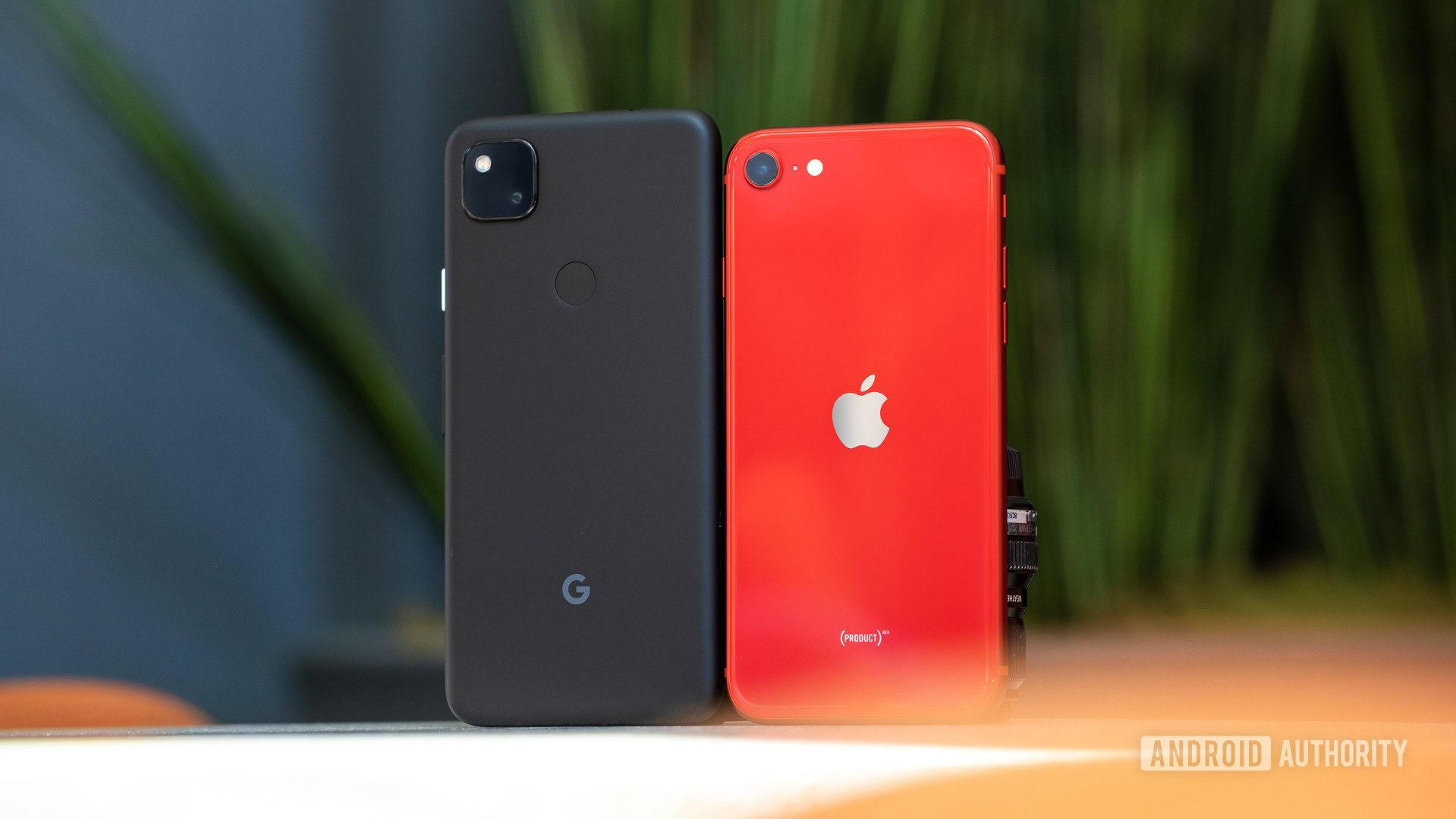
Flagship smartphones have blown past the $1,000 mark over the past couple of years and continue to get more expensive. However, not everyone needs or wants a maxed-out flagship, and consumers are clamoring for more affordable alternatives. Surprisingly, it’s two companies that are well-known for over-priced flagships that are delivering: Google with the Pixel 4a and Apple with the iPhone SE.
Apple took everyone by surprise with the 2020 edition of the iPhone SE, and while the idea of an affordable Pixel isn’t new, the Pixel 4a was still one of the most anticipated phones of 2020. After months of rumors, leaks, and unfortunate delays, Google took the wraps off of the Pixel 4a at an event last year, and it jumped right into the ring against the iPhone SE. How do the two compare? Let’s find out in this quick look at the Google Pixel 4a vs iPhone SE (2020)!
Our verdict: Google Pixel 4a review: Google’s best phone in years
Google Pixel 4a vs iPhone SE
Specs
| Google Pixel 4a | iPhone SE (2020) | |
|---|---|---|
Display | Google Pixel 4a 5.81-inch OLED 2,340 x 1,080 resolution 19.5:9 aspect ratio Gorilla Glass 3 | iPhone SE (2020) 4.7-inch Retina HD 1,334 x 750 Touch ID via home button |
Processor | Google Pixel 4a Qualcomm Snapdragon 730G Adreno 618 GPU | iPhone SE (2020) Apple A13 Bionic |
RAM | Google Pixel 4a 6GB RAM | iPhone SE (2020) 3GB RAM |
Storage | Google Pixel 4a 128GB No microSD slot | iPhone SE (2020) 64GB/128GB/256GB |
Cameras | Google Pixel 4a Rear: 12.2MP, f/1.7 OIS + EIS Front: 8MP, f/2.0 | iPhone SE (2020) Rear: 12MP, f/1.8, OIS Front: 7MP, f/2.2 |
Battery | Google Pixel 4a 3,140mAh 18W fast charging No wireless charging | iPhone SE (2020) 1,821mAh 18W fast charging Wireless charging (Qi) |
IP Rating | Google Pixel 4a No IP rating | iPhone SE (2020) IP67 |
Software | Google Pixel 4a Android 10 | iPhone SE (2020) iOS 13 |
Colors | Google Pixel 4a Just Black | iPhone SE (2020) Black, White, Red |
Dimensions and weight | Google Pixel 4a 144 x 69.4 x 8.2mm 143g | iPhone SE (2020) 138.4 x 67.3 x 7.3mm 148g |
Design and display
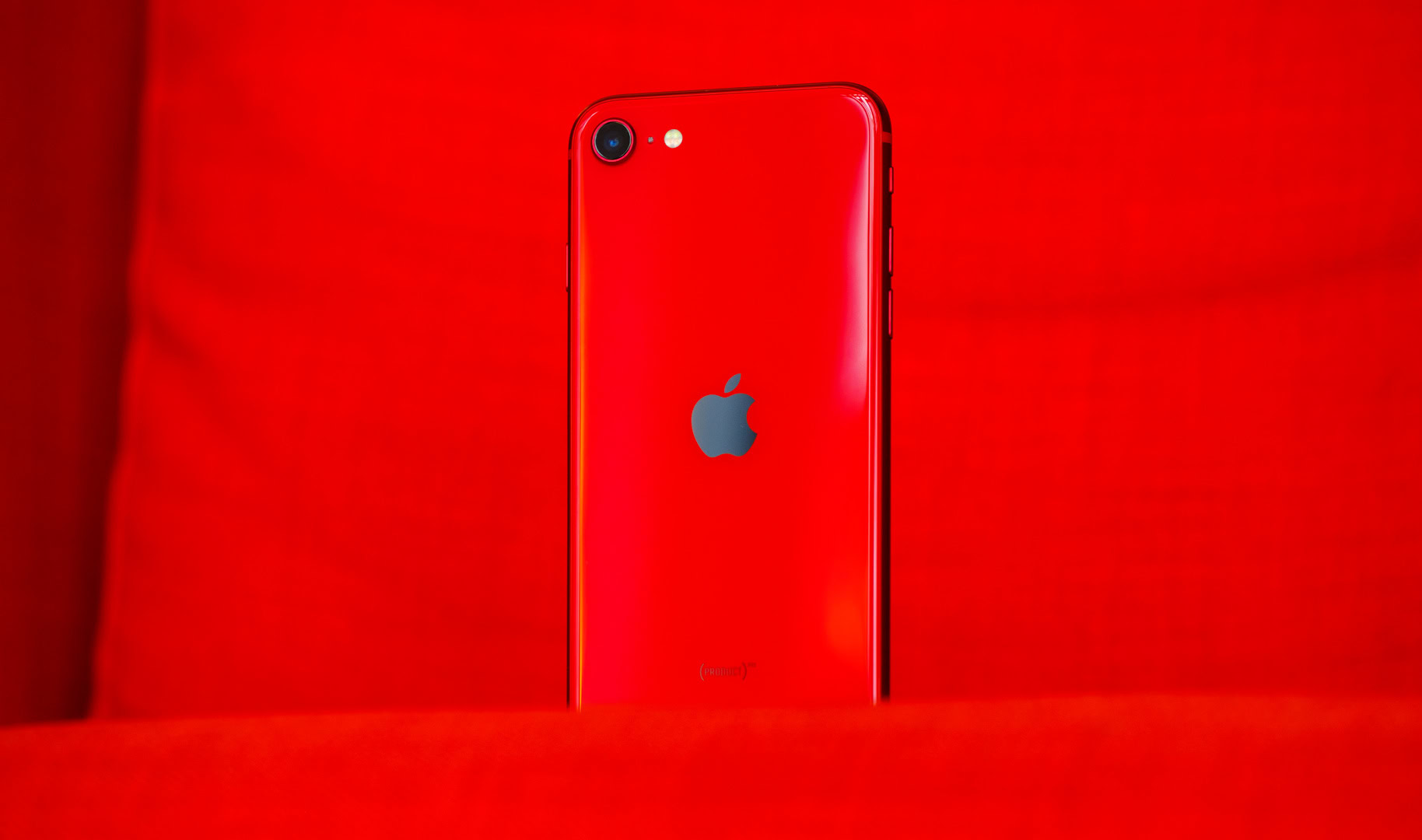
Vintage chic is the best way to describe the design of the iPhone SE. Granted, it’s largely identical to an iPhone from just three years ago. But the way things have changed since then makes the iPhone SE seem distinctly old-school. That’s far from a bad thing though. The tiny and easily pocketable footprint has its charm and the physical fingerprint scanners are typically more accurate than in-display variants.
Google takes a similar route with the Pixel 4a, but certainly not as extreme. The latest affordable Pixel is leaps and bounds more “modern” than its predecessor and even its flagship namesake. A near bezel-less front and punch-hole front-facing camera are hallmarks of new generation Androids. That said, a single rear camera unit and a physical fingerprint scanner are practically unheard of in the Android world now, and a headphone jack is an undeniably welcome addition.
Design is entirely subjective so it’s up to you as to which one you prefer. While I appreciate what Apple is doing with the iPhone SE, I’d give the Pixel 4a the leg up here. The Pixel 4a comes with a display that is more than an inch larger, but its overall size isn’t that much bigger. On the flip side, some may like the metal and glass build of the iPhone SE, compared to the polycarbonate body of the Pixel.
Both the iPhone SE and the Pixel 4a come with “tiny” displays compared to other mid-rangers. The 4.7-inch HD screen of the iPhone stands out in particular, but a less-than 6-inch Full HD display on an Android mid-ranger is a surprise in 2020 as well. You don’t get any faster refresh rate tricks here, unfortunately.
It’s ultimately the battle of different screen technologies here. Resolution isn’t an issue on either, but the OLED screen of the Pixel 4a is one of the best we’ve seen on an affordable device in a while.
Performance and battery life
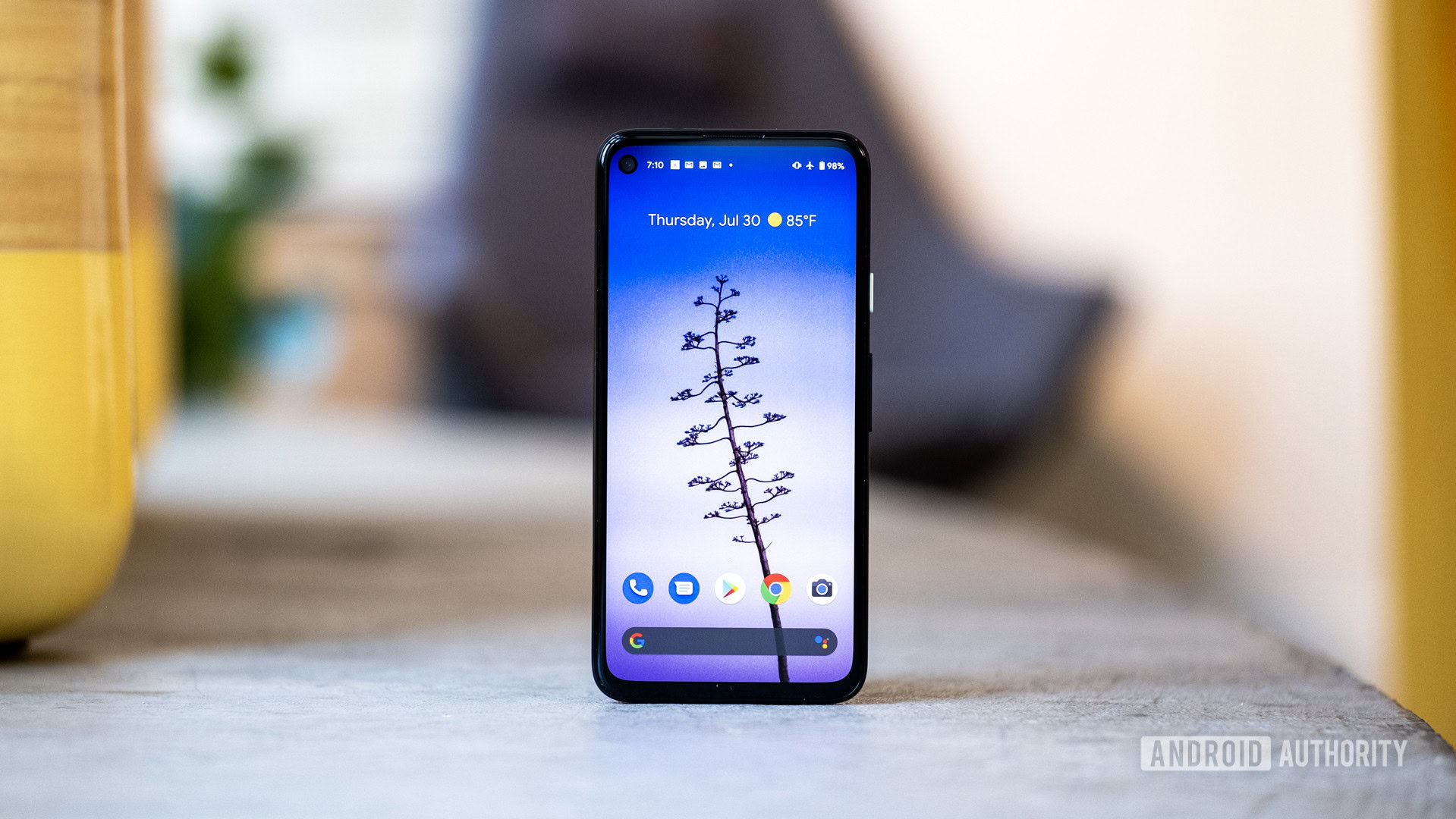
As old-school as the iPhone SE is on the surface, it’s anything but under the hood. Keeping this affordable mid-ranger running is the same powerhouse processor found with Apple’s flagships and goes head-to-head with the Snapdragon 865. Apple’s excellent RAM management ensures then even the 3GB of RAM you get is more than enough to keep things chugging along smoothly, and you certainly won’t get any performance complaints here.
Dive deeper: Is a $400 iPhone SE really faster than the most powerful Android phone?
On the other hand, Google keeps the price of the Pixel 4a low by opting for the decidedly mid-range Snapdragon 730G. The 6GB of RAM on-board and an excellent software experience backs the processor up really well though, and we found no hiccups or noticeable issues with everyday performance.
Given the difference in battery capacity, it’s no surprise that the Pixel 4a offers better battery life than the iPhone SE 2020. More power-efficient processing packages and relatively small displays help, but around 4.5 hours and 6.5 hours of screen-on time have been our experience with the iPhone and the Pixel respectively. That will be enough to get you through a full day but might cut too close for comfort for some users.
The one advantage the iPhone has in the battery department is wireless charging. The flagship Pixel feature hasn’t made to affordable series this year either, which is quite disappointing.
Software
The age-old war of iOS vs Android comes to the fore once again as we turn to software. Google’s take on Android may not be to everyone’s liking, but it’s undeniably one of the cleanest and most minimalistic options around. The Pixel 4a also gets access to all the new features that are exclusive to the Pixel line, like the new Google Assistant, Call Screening, Now Playing, Google Recorder, and updated Google Camera.
Read more: 8 things iOS does better than Android
The iPhone SE launched with iOS 13 but has since been updated to the latest iOS version. The new version gets an app library, home-screen widgets, picture-in-picture, and more, which makes things a little closer.
iOS vs Android is always going to be a point of contention though, and your preference essentially determines the ecosystem you’re a part of. When comparing the iPhone to another Android device, a huge positive for the former is always the fact that it’ll get the latest version of iOS really quickly. However, that will also very likely be the case with the Pixel 4a as Google prioritizes its own phones for Android upgrades.
What remains in favor of the iPhone SE is long-term support. Given the fact that iPhone 6S got iOS 14, the iPhone SE is safe for the foreseeable future as far as software updates are concerned. Google guarantees updates for its Pixel phones for at least two years and probably three.
Camera
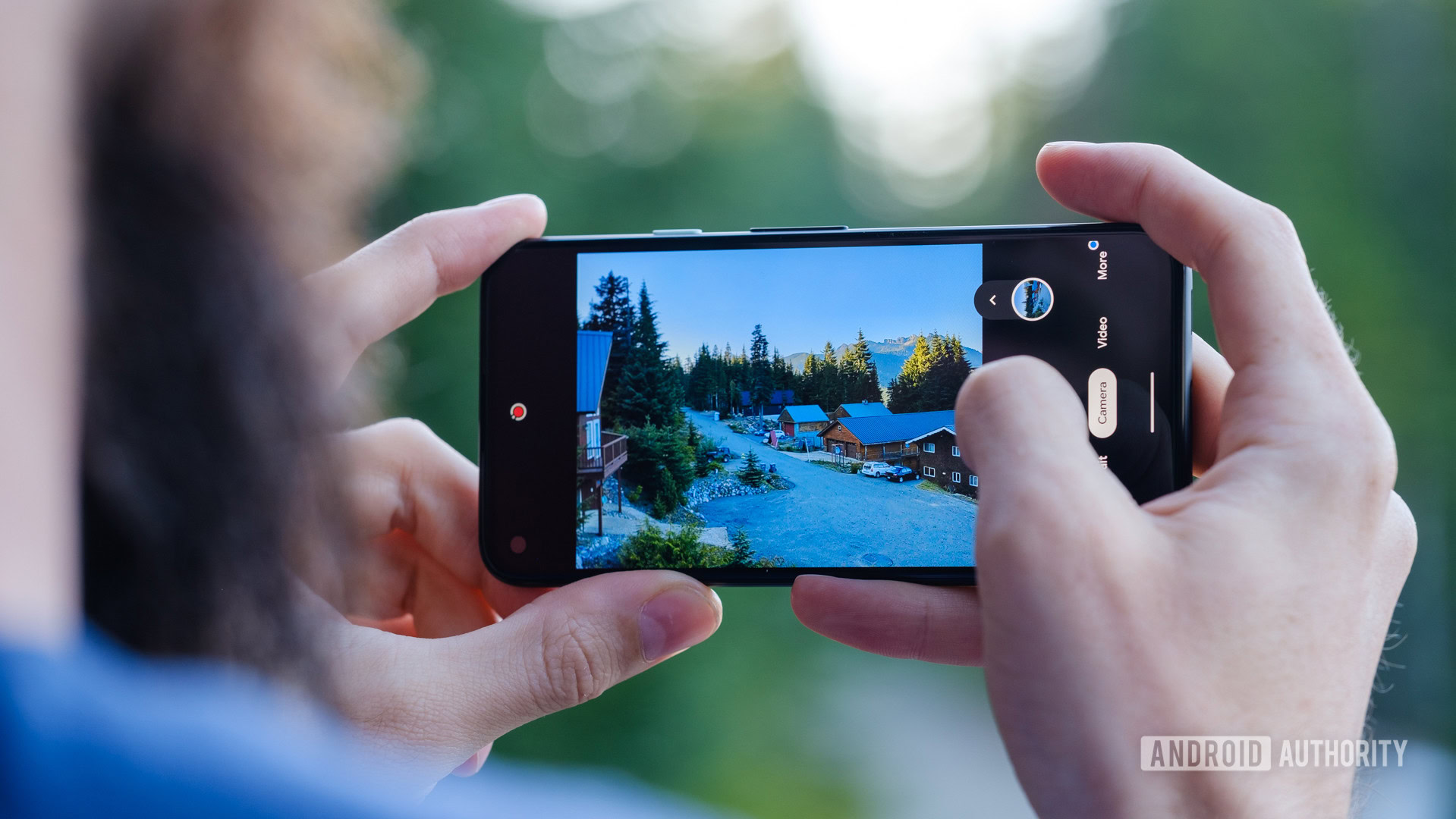
The camera is arguably the most important feature of any current-generation smartphone. The Pixel 4a has the same 12.2MP main rear sensor as the Pixel 4 and the Pixel 3’s before it. A single rear camera unit is so out of place in the current Android landscape, but if the Pixel 4a proves one thing: more is not always better.
Deep dive: Google Pixel 4a vs iPhone SE camera shootout
The camera hardware might not have changed much, but its software has progressively made image output better and better. The Pixel 4a adopts features from the Pixel 4 series, such as Astrophotography Mode and the dual exposure sliders, and takes some great-looking photos.
Because the Pixel 4a shares the sensor with the Pixel 3a and Pixel 4, most images look fairly similar. Sharpness and contrast are generally the same, but the processing has changed a bit. The Pixel 4a produces images with better white balance, employing warmer tones and more balanced shadows.
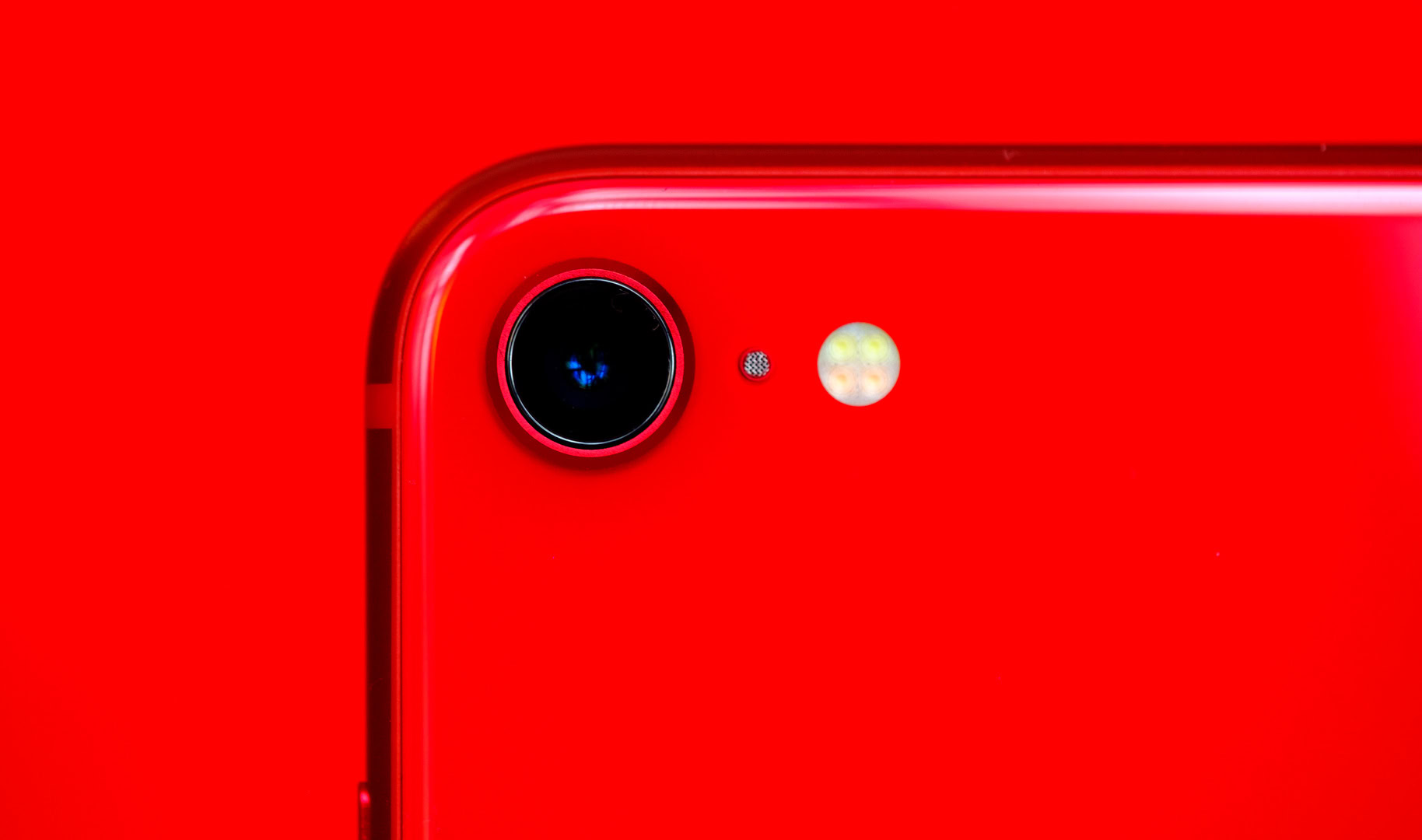
The iPhone SE also comes with a similar setup. A single 12MP camera on the back and a 7MP selfie shooter. The SE produced images similar to the Google Pixel 3a, with blue tones in the shadows. The iPhone SE certainly delivered a more dynamic range than the Pixel 4a. But that’s not always a good thing. The iPhone seems to have raised the shadows quite a bit without much regard for contrast and contour, which leads to the image looking a bit washed out in comparison.
Below is just one comparison shot between the two affordable phones. If you’re after more, be sure to check out our full Pixel 4a vs iPhone SE camera shootout.
The big selling point of the Pixel 3a was the fact that it featured a flagship camera. The Pixel 4a follows along, but an identical setup as its predecessor may not be to everyone’s liking. All said and done though, both the Pixel 4a and iPhone SE take really good photos.
How do the prices compare?
The iPhone SE is available in key markets around the world. Let’s take a quick look at its price:
- 64GB storage: $399/£419/ €499/42,500 rupees
- 128GB storage: $449/£469/€549/47,800 rupees
- 256GB storage: $499/£569/€669/58,300 rupees
On the other hand, only one version of the Pixel 4a, with 6GB of RAM and 128GB of storage. The Pixel 4a is available with a price tag of $349 in the US. UK buyers will be able to buy the Pixel 4a for £349.
Google Pixel 4a vs iPhone SE: Which should you buy?
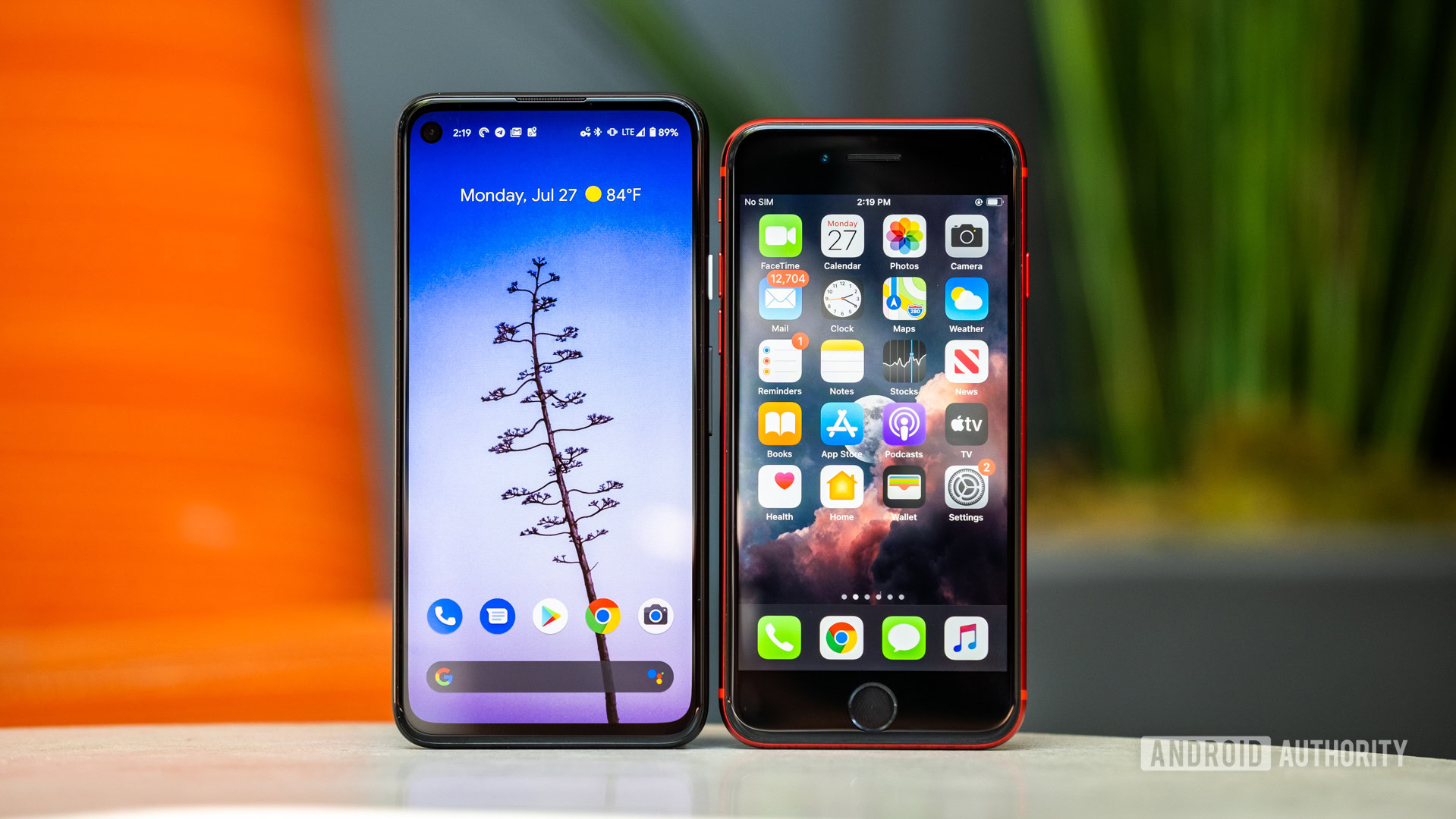
Choosing between the Pixel 4a and the iPhone SE is very tricky. We’re witnessing a resurgence in compact and affordable phones, and both the iPhone SE and Pixel 4a are excellent options if that’s what you’re looking for.
Google and Apple have made two of the best compact and affordable phones to date.
Both fall in the same price range, but the Pixel does have a decent price advantage. The iPhone SE offers metal and glass build quality, wireless charging, water resistance, and a flagship processor. It’s very difficult to deny the value that the phone brings. But it’s missing the super-bright OLED display, headphone jack, and arguably better camera offered by the Pixel 4a.
Ultimately, both phones are wonderful additions to a severely lacking mid-range segment in the US, especially if you want a fantastic camera phone on the cheap.
The final choice between the Google Pixel 4a vs iPhone SE is down to you! Let us know which phone you’ll be buying in the poll below.